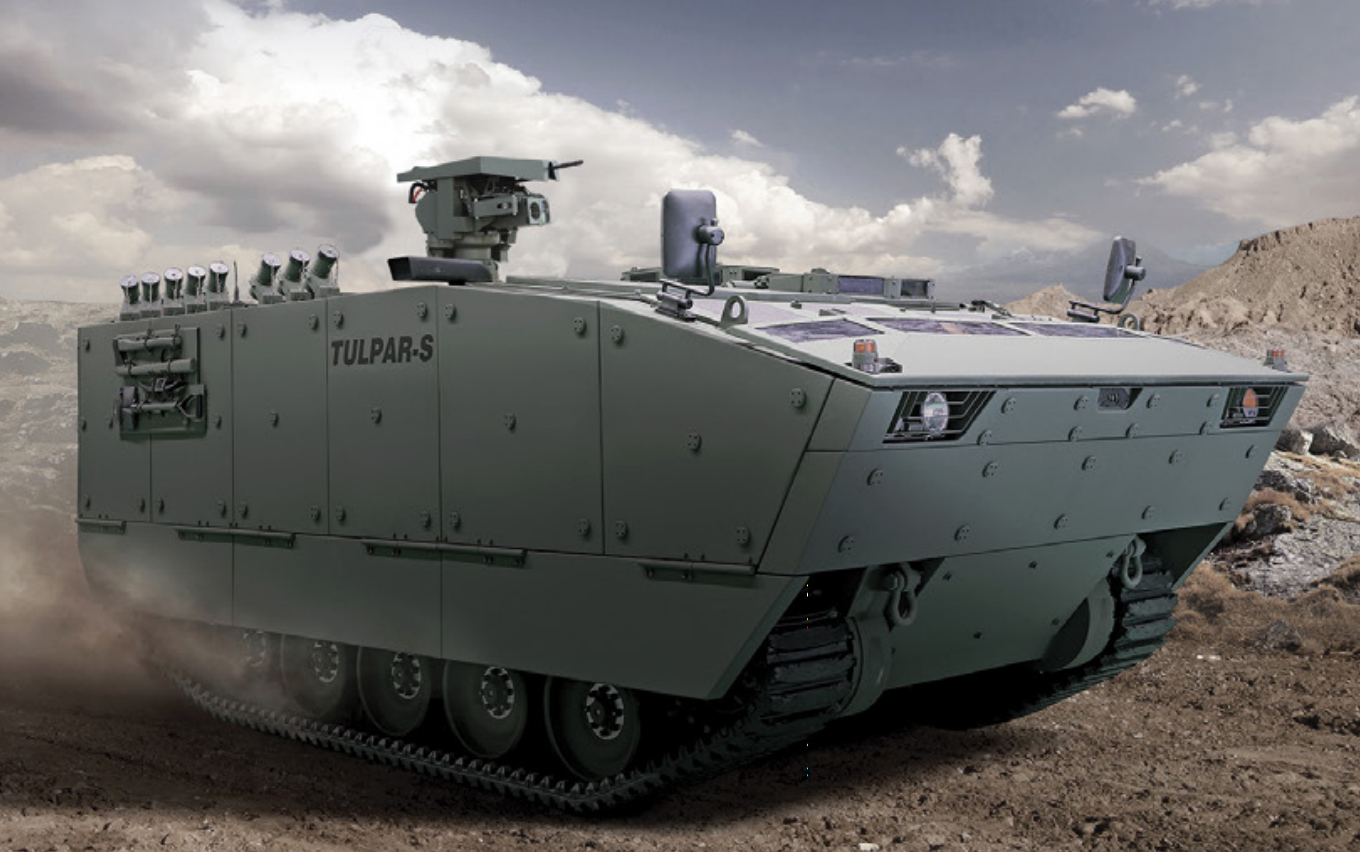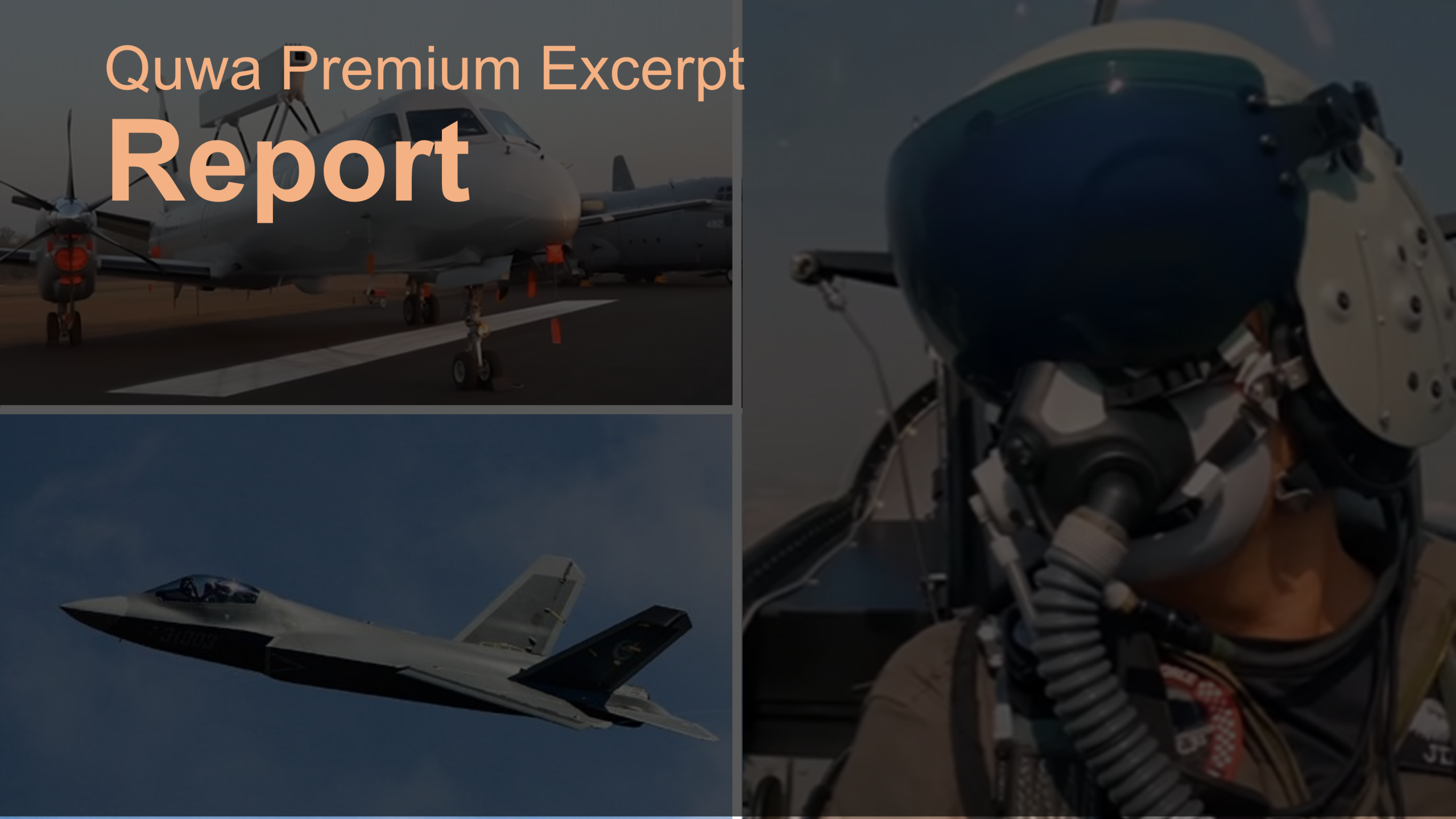Otokar, Turkey’s largest privately owned defence industry vendor and producer of the Turkish Army’s next generation main battle tank (MBT) Altay, introduced the TULPAR-S armoured personnel carrier (APC) at Eurosatory 2016 taking place in Paris this week (13-17 June).
The TULPAR-S is a tracked APC derived from the TULPAR multi-purpose armoured vehicle, a new APC platform meant to supplement the Altay MBT. The TULPAR-S is more compact, so as to enable for amphibious activity, but in of itself it still retains ample internal room and modular capability. It is powered by a 360hp inline six-cylinder diesel engine and can operate in different environmental conditions.
Comment and Analysis
In as far as contracts for the Turkish Army are concerned, Otokar’s primary competitor is FNSS Defence Systems, another private sector defence giant in Turkey (co-owned by BAE Systems).
Internally, the TULPAR series will continue to see competition from FNSS’ mainstay tracked APC platform – the Armoured Combat Vehicle (ACV) and its various iterations such as the ACV-15 and ACV-30. FNSS also has the KAPLAN new generation armoured fighting vehicle (NGAFV) in the pipeline.
In any case, Otokar’s presence at Eurosatory with the TULPAR-S is a clear drive for the export market. Armies in a position to begin replacing legacy APC designs such as the M113 may be interested in the TULPAR, and prospective overseas competitors – such as Paramount Group and Denel OMC – will almost certainly keep an eye on the TULPAR’s traction (pun not intended).
It is interesting to see Otokar make a push for the TULPAR in a time where wheeled armoured vehicles are in increasingly heavy demand. Largely viewed as an effective mobility tool in counterinsurgency (COIN) operations, wheeled APCs – especially 8×8 designs as well as mine resistant ambush protection (MRAP) vehicles – are seeing strong adoption.
Despite the focus on COIN, countries still have permanent (or at least long-term) conventional threat environments to address. It will be worth watching to see if armies begin charting out legacy APC replacement routes, and if the TULPAR figures centrally for any of them (outside of Turkey).




